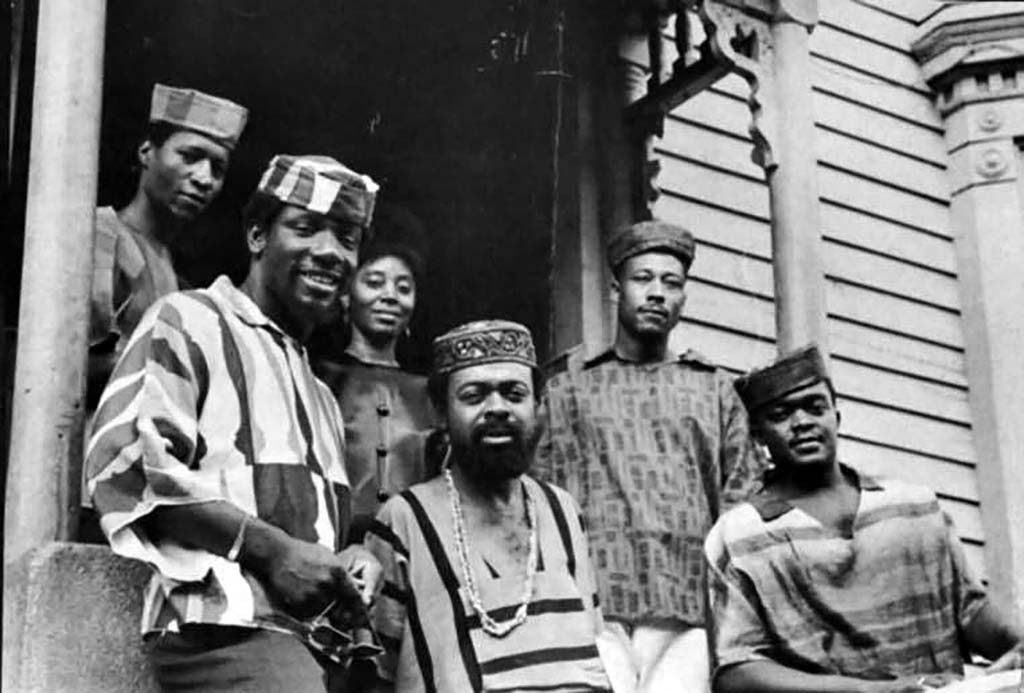Can you tell me a little bit about your artistic process and how it has evolved over the course of your studies?
Having a dance background growing up, I am always drawn to the body and dynamic movement. Then I started working in sculpture and I found I liked making things in the 3D realm. I started working a lot in metal casting. With metal casting I was mostly drawn to the ritualistic nature of the process of casting iron. That’s why I call the material ‘communal poured cast iron.’ I also have a love for using textiles in combination with metal, it has a nice soft and hard feel.
You confront many tough issues in your art, and specifically the topic of sexual assault in your piece “I will keep you upright in the cold silence.” Can you talk a little bit more about this work? If you feel comfortable saying, what prompted you to tackle this issue> What was the process like getting the final piece?
The subject of sexual assault is very personal to me. This piece was prompted after thinking about the awkward silence around sexual assault as well as trauma. My support system is what got me through. The people that believe and support me through the healing process. So all these female lips leaning up against each other and physically supporting their weight with no glue.
Additionally, you tackle a lot of internal issues within your work. How do you visualize those struggles, and how do you feel about the stereotype that artists have to suffer in order to make good art?
So in my work I try to balance the positive and negative. There is always a positive to a negative, it may take time and process but positivity always wins. It’s the only way I have been able to grow as a stronger version of myself.
You have shown that you like to experiment with materials in your piece “Post-Traumatic Growth,” what materials/mediums do you prefer to use in your practice? Is there anything you have been wanting to try but haven’t gotten the chance?
I love cast iron of course, there is just an earthy quality to it. People see it as the cheaper way to make metal casting. However, the work I make is humbling and I think using a godly material like bronze is inappropriate for the work. But I always love the soft and hard together. So the textile with the metal. I think the material of the piece comes with the concept. So I kinda follow the piece and where is takes me, I go with that medium.
I heard you broke a lot of blenders for your piece “Post-Traumatic Growth.” Why did you decide to use sheets to convey the ups and downs of growth after trauma?
There is something about taking time to break something down. To get through your trauma it takes time and patience. It has taken time and wisdom for me to figure this out. Bed sheets are more personal to my experience. However the comfortability of being safe is stripped away. It takes a while to feel safe in a bed again. At least it did for me. There is something amazing about being proactive and breaking that trauma down. Letting it have its peaks and valleys though, trauma is an unknown landscape and you need to be patient with yourself.
Where do you feel your practice is evolving in the future? Will you stick with sculpture, or veer more towards performance art like your piece “Face Tube (Our Portal).”
I would love to start working on more installation work as well as video. I feel like I am just scratching the surface with “Face Tube (Our Portal).” I am very excited to get back into performance work like this piece.
Do you have any favorite contemporary artists (or other public figures) that influence your practice?
I am a huge fan of Janine Antoni and Marina Abramovic. Their work is just so intense and personal! And I just have always loved their work.
How has the pandemic affected your art making?
I started making smaller and more manageable little sculptures that can be used in large installation qualities. I missed people in the pandemic and I think the work is more about personal connections.
Alyssa Imes’ work is included in Amidst at The Stamp Gallery of the University of Maryland, College Park
For more information on Amidst and related events, visit https://stamp.umd.edu/stamp_gallery

